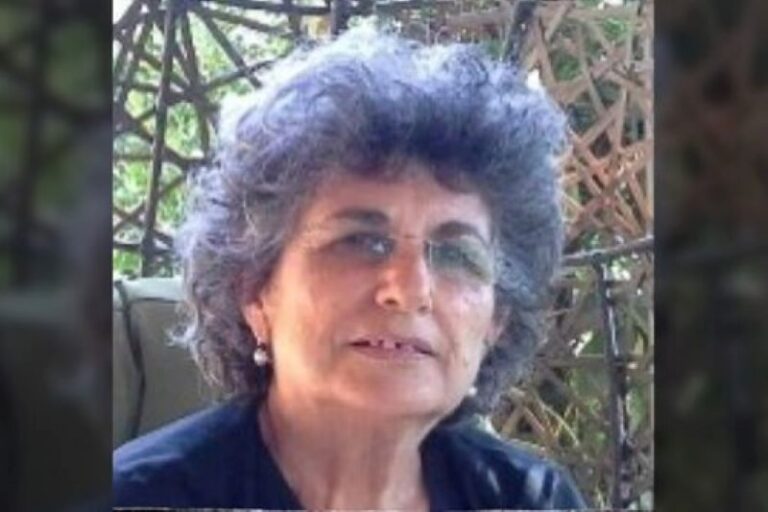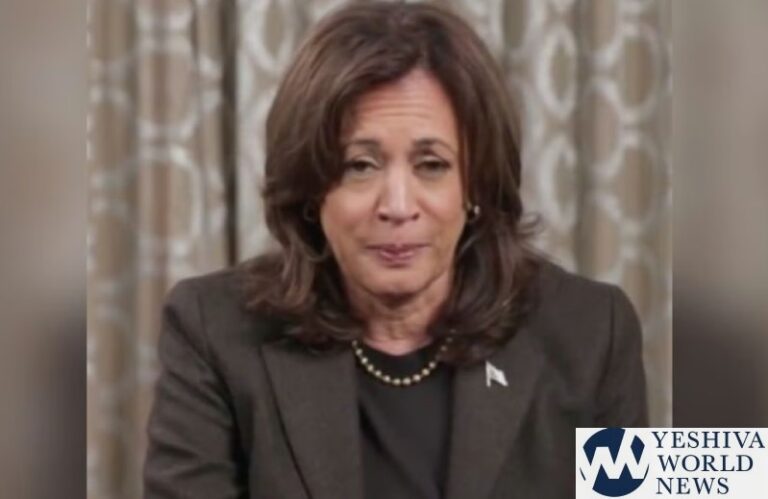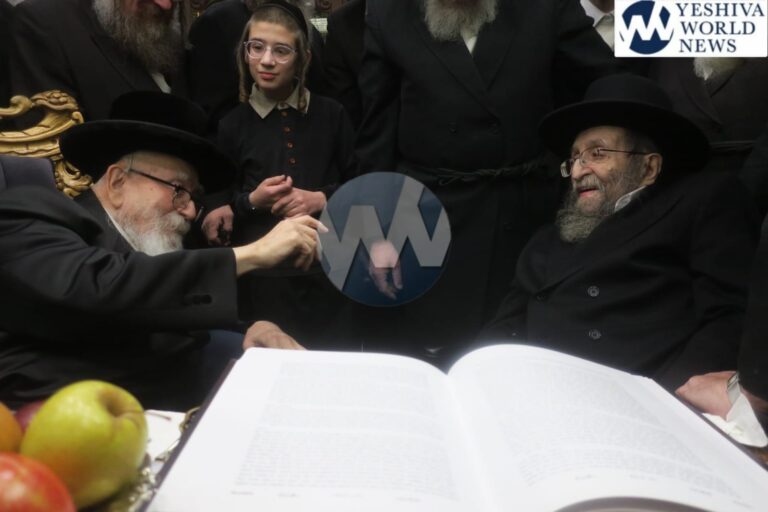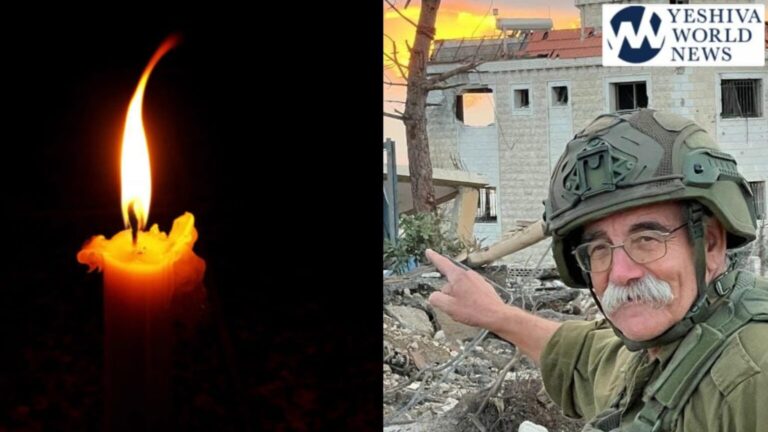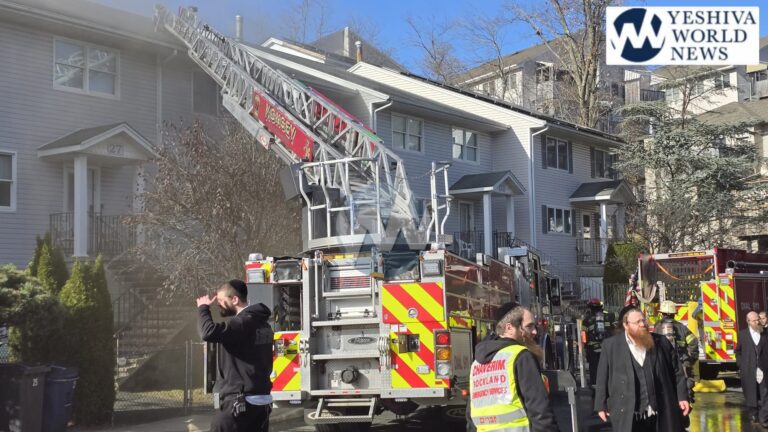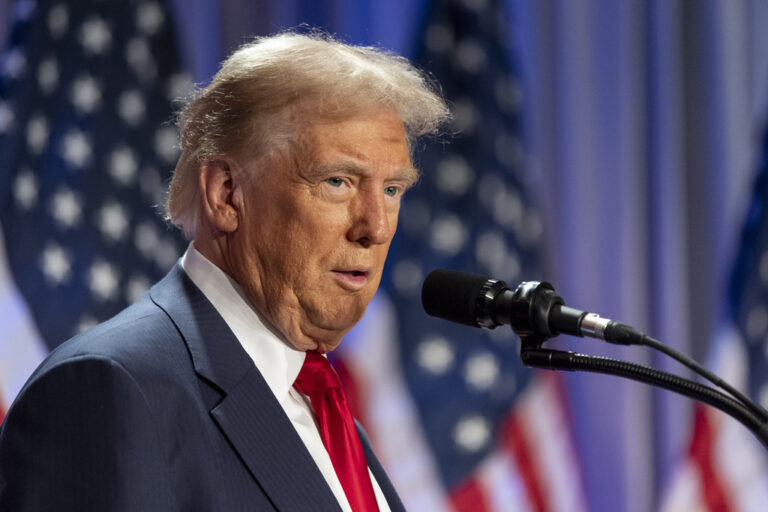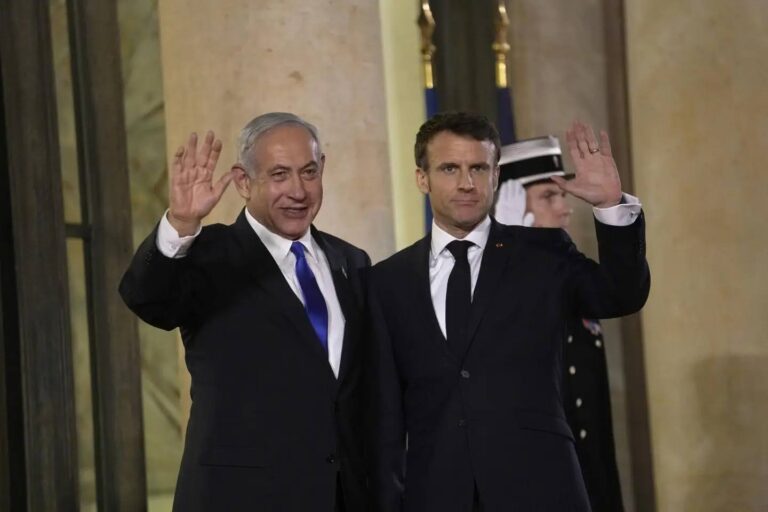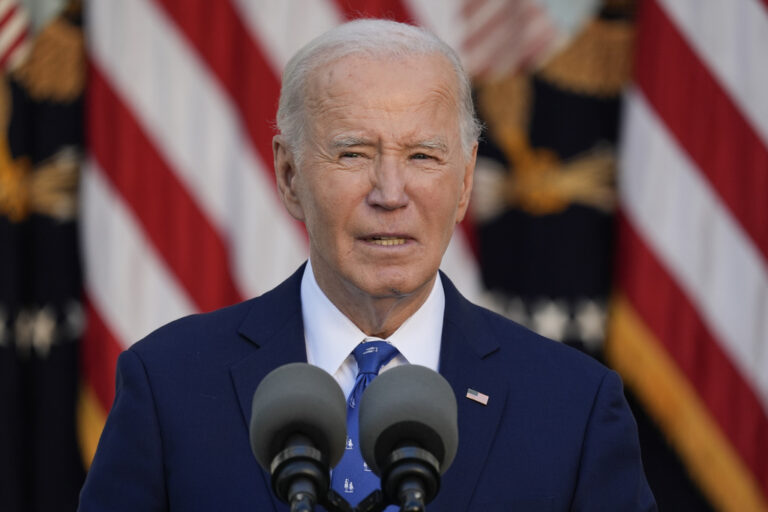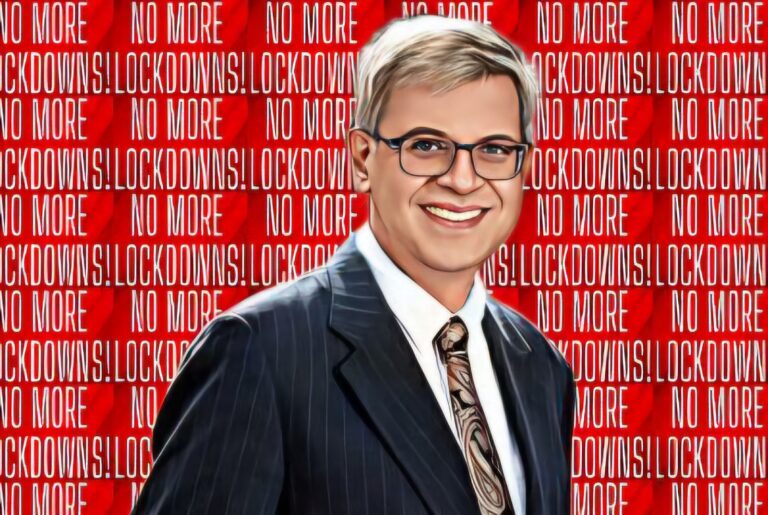 When astronaut Scott Kelly arrived in Houston on Thursday morning, he was about two inches taller than when he left for the International Space Station a year before, according to NASA representatives. That’s pretty normal for an astronaut: Without the full strength of gravity pressing down on gel-filled discs between the vertebrae, they expand and lengthen the spine. It’s a weird but temporary side effect of spaceflight.
When astronaut Scott Kelly arrived in Houston on Thursday morning, he was about two inches taller than when he left for the International Space Station a year before, according to NASA representatives. That’s pretty normal for an astronaut: Without the full strength of gravity pressing down on gel-filled discs between the vertebrae, they expand and lengthen the spine. It’s a weird but temporary side effect of spaceflight.
But even if Kelly hadn’t had his vitals checked immediately upon landing, he might have noticed the slight height change: One of the first Earthlings he saw was his identical twin, retired astronaut Mark Kelly – a man now notably, if only temporarily, shorter.
NASA scientists already knew that Kelly would walk a little taller when he emerged from the Soyuz capsule. But he’ll have changed in other, less obvious ways, too – and that’s the whole point of his record-breaking mission. Kelly and Russian cosmonaut Mikhail Kornienko spent 342 days on the ISS to help scientists measure the effects of long-term spaceflight on the human body.
The impressive jaunt is a record for the United States, and for the International Space Station. But astronauts actually have stayed in space for months longer than that: Back in the pre-ISS days of Russia’s Mir station, several cosmonauts broke this record.
But this is the first attempt to really study the effects of such a long stay in space. The hope is that data collected will highlight some of the most worrying physiological and psychological hurdles to spending months or years in space – allowing scientists to tackle those problems before NASA attempts a long-haul flight to Mars or the planets beyond. NASA hopes to put astronauts on the red planet by the 2030s.
Kelly’s twin brother made him a perfect candidate for such a mission. The earthbound twin was used as a sort of “control” for experiments being run on his orbiting brother. Even identical twins aren’t alike enough that NASA can pin every difference between them on the effects of spaceflight, but finding changes that occurred in one man and not the other over the course of a year might give them some important clues.
“Obviously, this is a tiny sample size, so we’re not really looking at how Scott and Mark are different during the year, exactly,”Johns Hopkins Medical School’s Andrew Feinberg told The Washington Post just before Kelly’s launch last year. “It’s not statistically valid to say that differences between them must be due to the spaceflight.”
But, added Feinberg – whose project for the mission focused on epigenetics, or the way different environments affect the expression of our genes – “if something happens after Scott departs, increases during his trip, and then goes back to normal after he comes back to Earth – if we don’t see that kind of sequential change in his twin, well, it’s not proof of anything, but it certainly suggests something interesting is going on.”
The scientific experiments involved in the twin study are ongoing. All year, Kelly has been taking blood samples each time a shuttle is about to head back to Earth, allowing scientists to study fresh, unfrozen cells just hours after they’re drawn. Meanwhile, Mark has donated countless hours to providing samples of his own, as well as undergoing the same psychological and cognitive tests his brother completed in space. Now scientists can take all of that data and make something of it.
There are 10 official experiments running as part of the twin study, selected from a pool of research proposals submitted by institutions across the country: Six projects (including Feinberg’s) look at the way cellular behavior may change due to low gravity, high levels of radiation exposure, and other space-centric environmental factors. These studies will look at things such as how aging, gene expression, and immune system function may have been affected.
Two studies will focus on physiological changes. One will try to determine whether plaque buildup in the arteries is accelerated during spaceflight, and another will look at how shifts in body fluid affect eyesight. Vision problems are a common complaint among astronauts.
Another study will use psychological tests to determine whether Scott Kelly has had changes in perception, reasoning, decision making and alertness that aren’t typical for someone spending a year on Earth.
And one last experiment will study how the microbes inside the twins’ guts have changed over the course of the year. Diet and environment can have a huge (and surprisingly swift) influence on the microbes that live in and around us, and there’s more and more evidence that these bug colonies have a profound effect on our health and wellness. Figuring out how bacterial colonies change in space could help keep the first Mars crew happy and healthy.
The hope is that scientists can come up with a plan for protecting the men and women who may eventually journey to Mars. It’s likely that the flight to our closest neighboring world will take about nine months each way. Once a crew touches down on the sandy surface, NASA will want them to stay awhile – after all, it would be a shame to spend 18 months in a tin can for a day or two on the surface of a new planet. So it seems likely that the first Mars mission will be a multi-year commitment.
“NASA is working on this science project that’s the greatest in the history of civilization,” Feinberg said last March. “They’re turning humankind from an Earth-dwelling species into a space-exploring species. One day, humankind will be a species that can settle on other planets. It might be a hundred years before we have humans living on Mars, but this is a whole new kind of science. It’s a multi-generational effort.”
Upon landing in Houston on Thursday morning, Kelly was greeted by his girlfriend (who works in NASA’s communications department) and his two daughters, as well as his twin brother and sister-in-law, former congresswoman Gabrielle Giffords. The last time Scott Kelly came home from the ISS, it was two months after Giffords had been the victim of a near-fatal assassination attempt. Kelly has cited this period – when he was unable to return home to be with his family – as the time when the isolation of spaceflight felt most profound.
In addition to the gathered family, Kelly was welcomed by second lady Jill Biden, who brought apple pie and beer for the astronaut.
“That’s what he said he wanted, so that’s what I brought him,” Biden said during a brief ceremony streamed by NASA TV.
“The beer is from the president, actually, from the garden, and the apple pie is just from all Americans,” she said. “So, we hold you in our hearts. Welcome home.”
“It’s great to be back in Texas, on U.S. soil,” Kelly told the NASA press pool after landing. “It’s just an unbelievable feeling to be back here on planet Earth, back in our great country, and back with all my family and friends.”
And although Kelly has become something of a celebrity for his record-breaking flight, he remains humble. “I also want to say this was not my flight. They’ve talked about my year in space, it’s not my achievement, it’s NASA’s achievement and it’s our country’s achievement.” he said.
(c) 2016, The Washington Post · Rachel Feltman

